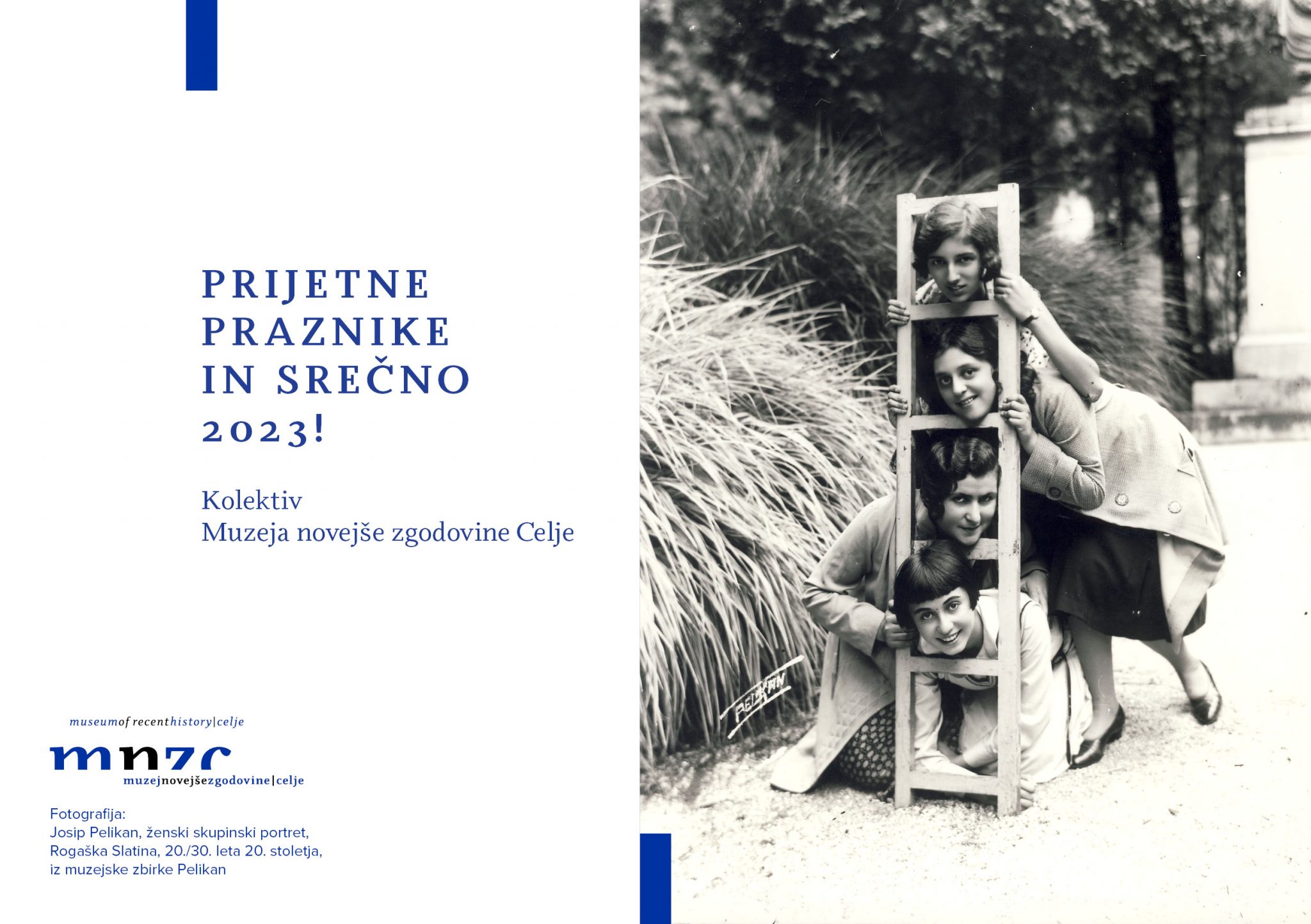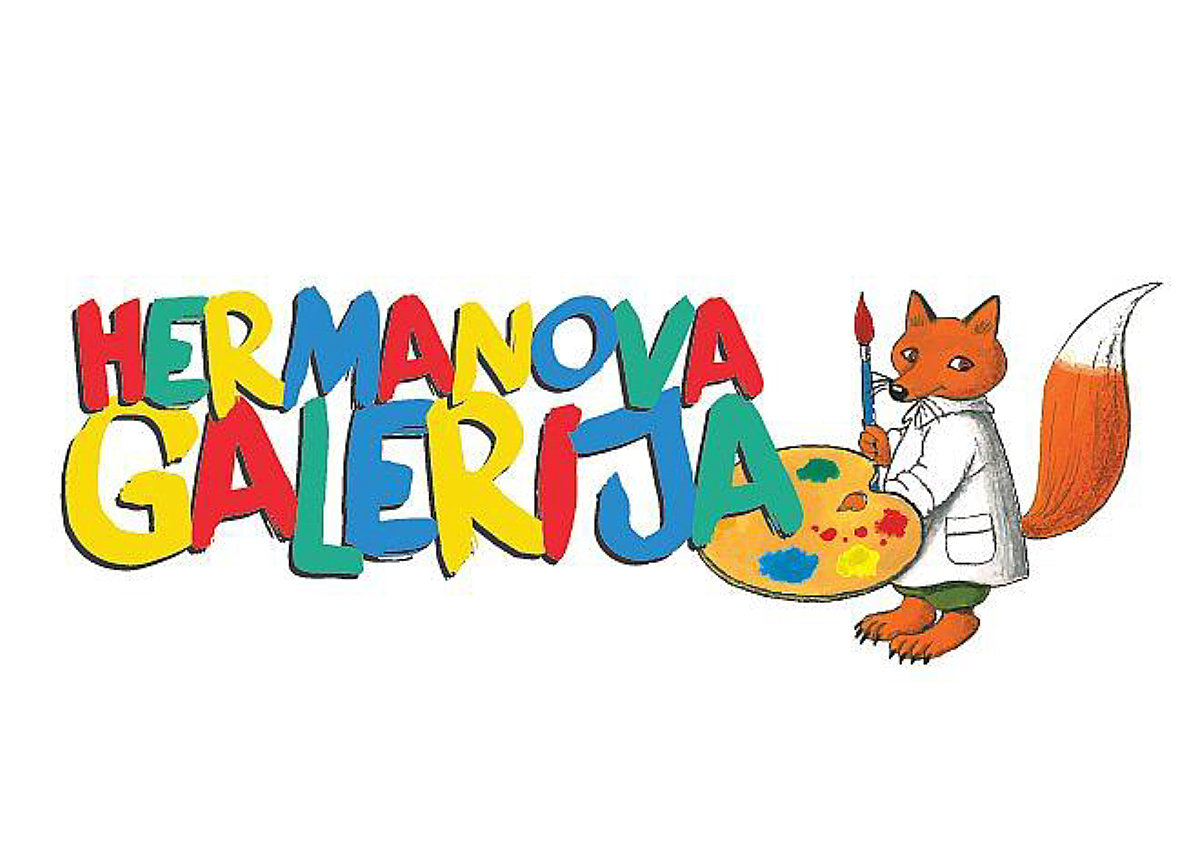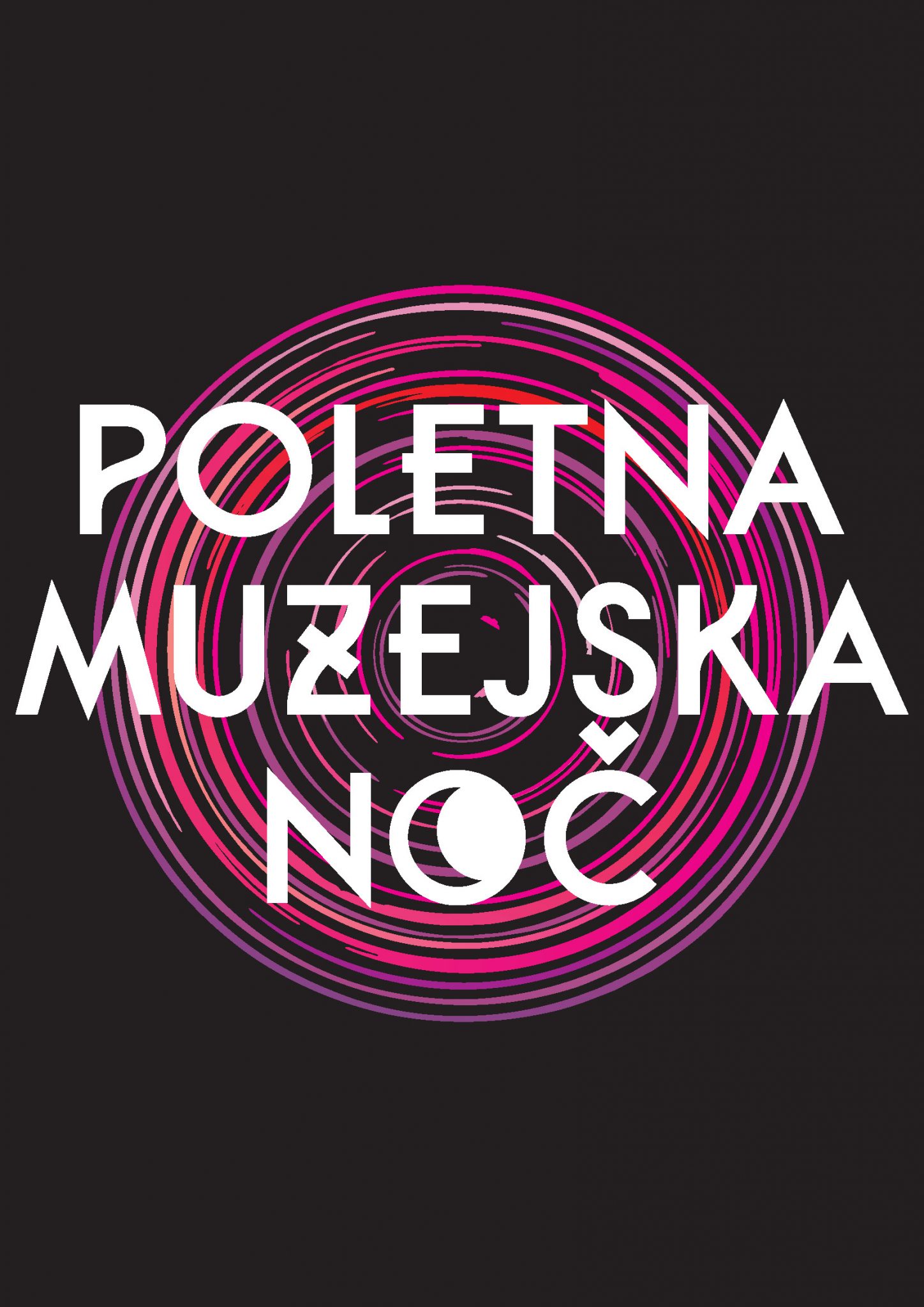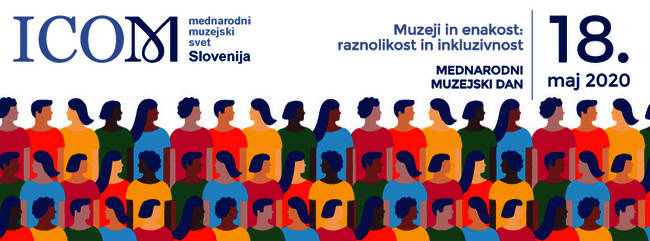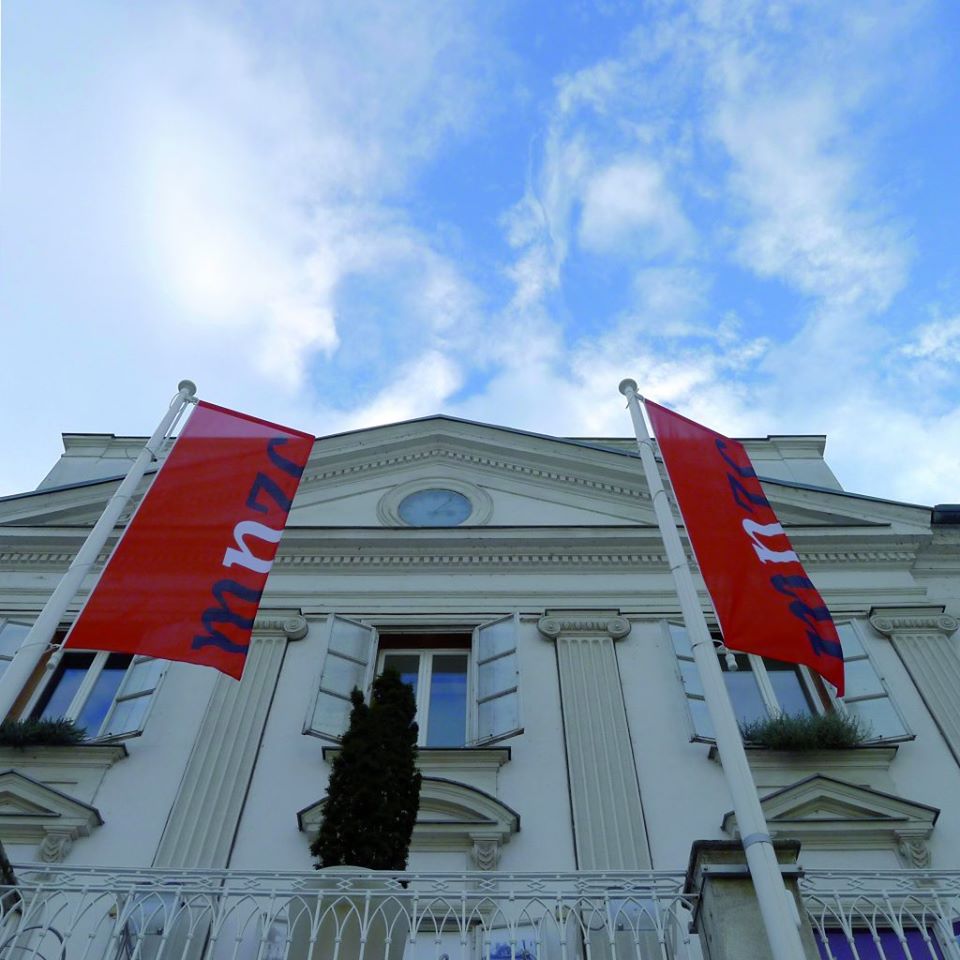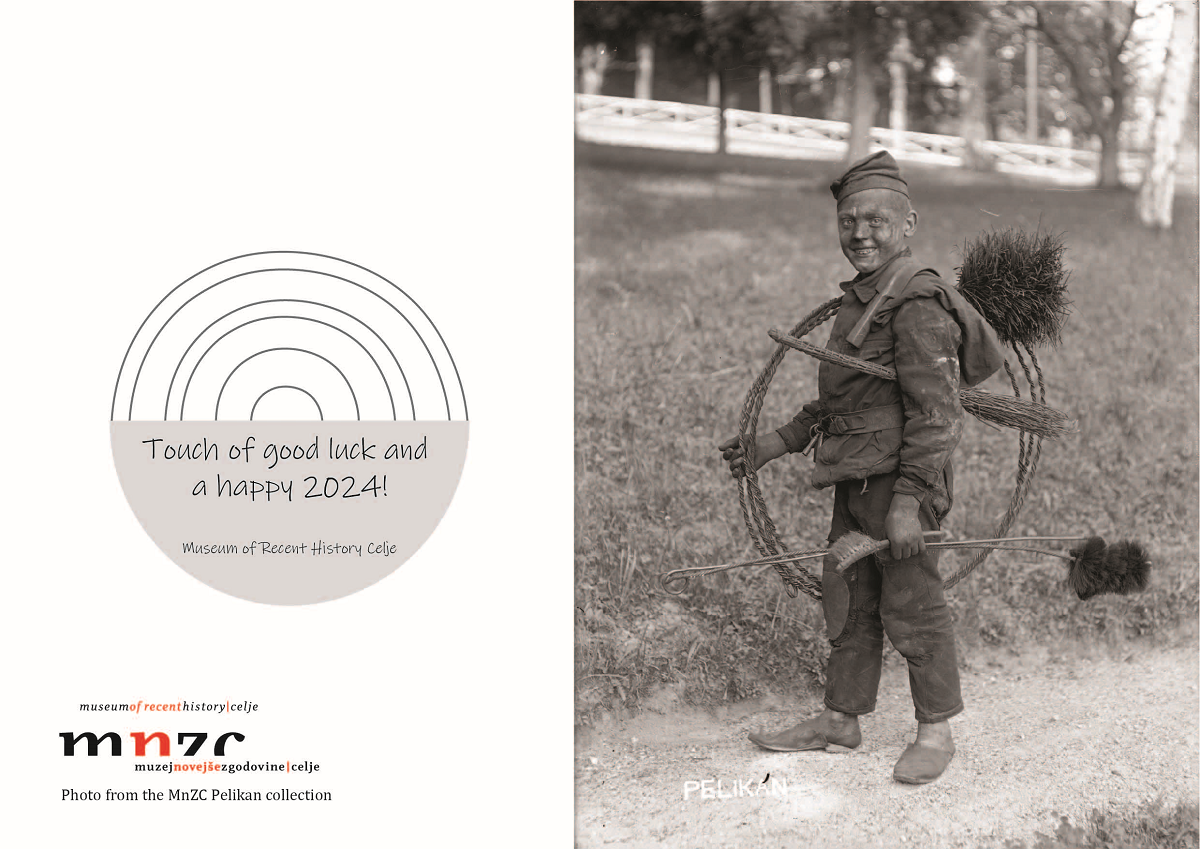
Author: mnzc
The 27th international competition for artworks made by children
Museum of Recent History Celje invites you to participate in the 27th International Competition for Artworks Made by Children.
Children, aged 6 to 12, are invited to create artworks to help shape the Herman’s Gallery functioning in the framework of the Children’s Museum “Herman’s Den”.
The theme of this year’s competition is “ MIRROR ME”.
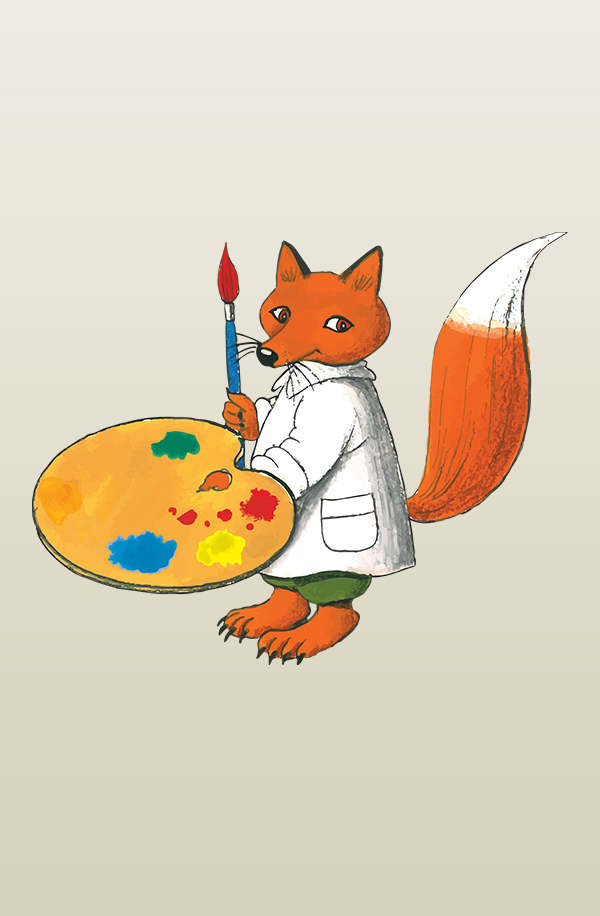
A happy 2023!
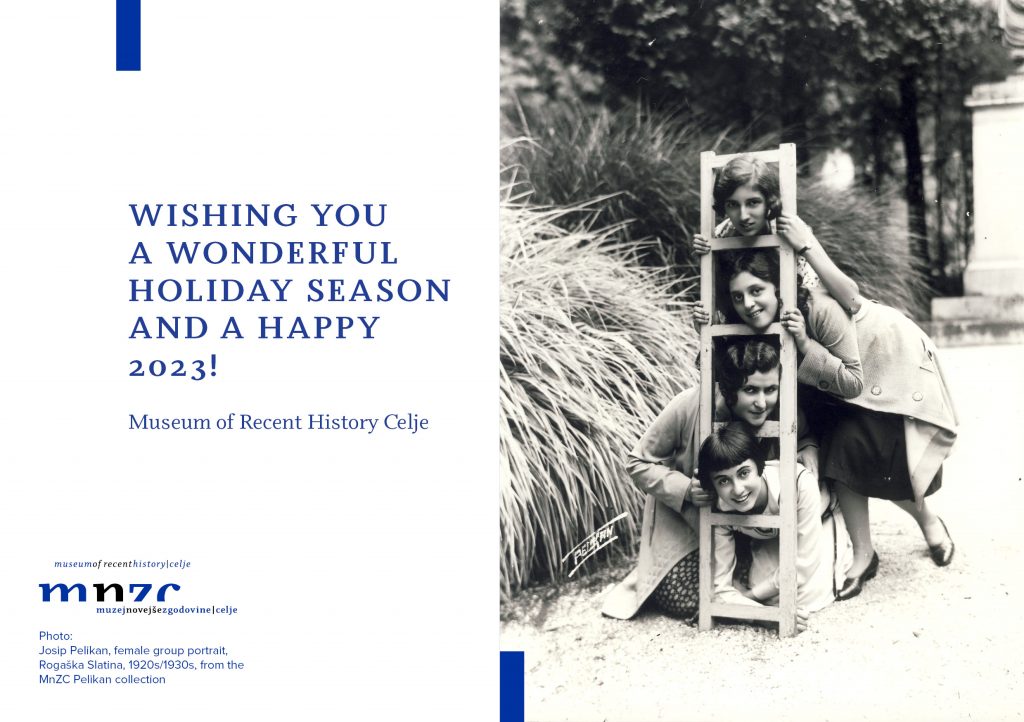
The 26th international competition for artworks made by children
Museum of Recent History Celje invites you to participate in the 26th International Competition for Artworks Made by Children. Children, aged 6 to 12, are invited to create artworks to help shape the Herman’s Gallery functioning in the framework of the Children’s Museum “Herman’s Den”.
The theme of this year’s competition is “ THE ANIMAL KINGDOM”.
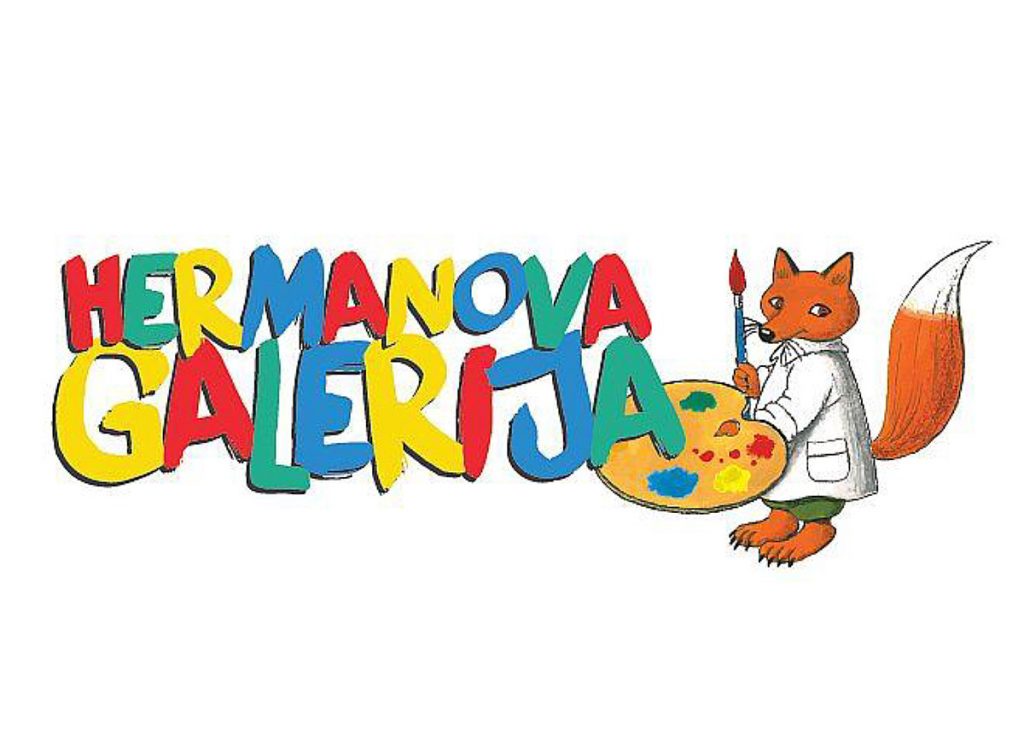
The 25th international competition for artworks made by children
We sucesfully finished the 25th international competition for artworks made by children, entitled “ FROM THE WORLD OF TOYS”.
The international competition for children aged 6 to 12 was open from September 2020 until January 2022. We recieved 534 artworks from 14 different countries all over the world.
Children were placed in two age groups: I. (6 -9 years) and II. (10 -12 years). We awarded 10 artworks and granted 50 special recognition awards in each category, all children received an electronic certificate attesting that they participated in the international competition.

Summer museum night 2021
You are invited to spend this year’s summer museum night with us!
It will take place on 19 June 2021, from 6 pm to midnight.
Once again, we have prepared a varied program.
Museum exhibitions free of charge:
permanent exhibitions: Living in Celje, Children’s Museum Herman’s Den, Dentistry Collection temporary exhibitions: Herman’s Etiquette, Serving the Nation: Memoirs of Slovenian Soldiers from Yugoslav People’s Army
7 pm Stari pisker, guided tour
6 pm to 8 pm opening hours of the Skylight photographic studio Pelikan in Razlagova 5:
temporary exhibitions Faces (6 pm to 8 pm) and Pristneži (6 pm to 8 pm)
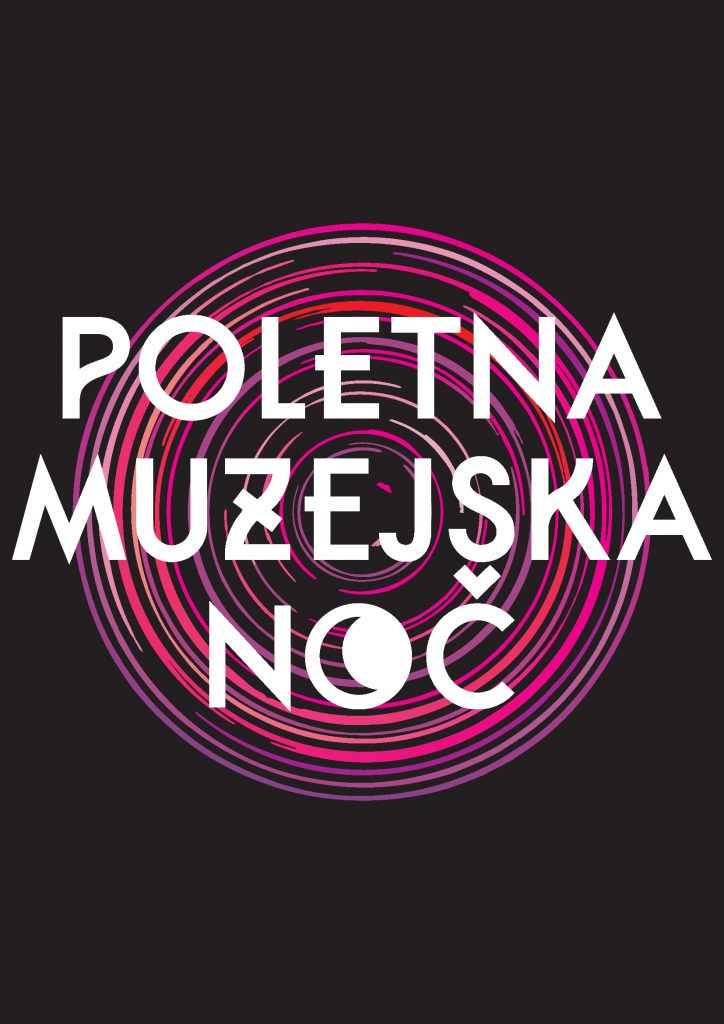
International Museum Day 2021
Since 1977 International Council of Museums ICOM 18 May is marked as the International Museum Day, with the aim of raising the awareness of museums in the society and its development. Each year many museums, including the ones in Slovenia, participate.
These year’s IMD 2021 theme is The Future of Museums: Recover and Recreate.
On the occasion of the International Museum Day, on 18 May 2021, we invite you to our museum, where you can see all permanent and occasional exhibitions free of charge from 9am to 5pm.
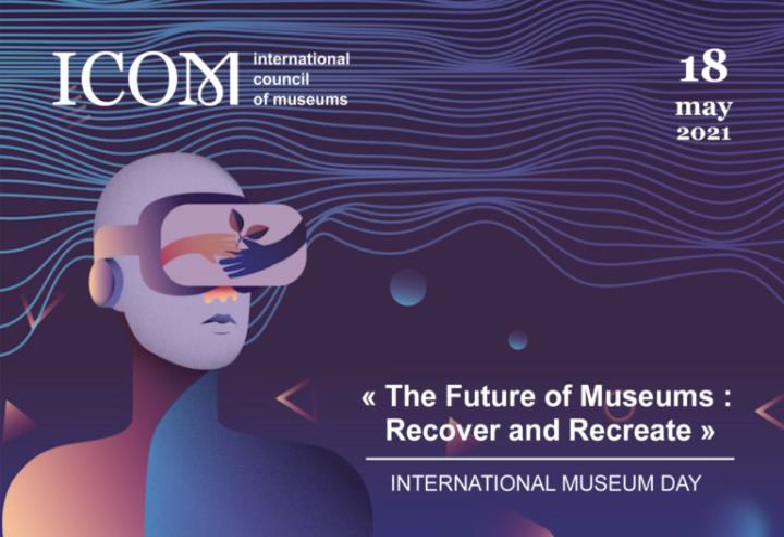
Summer museum night
18.00-24.00 SUMMER MUSEUM NIGHT / free entrance:
19.00 Stari pisker (Old pot), guided tour
18.00-23.00 Revival of Street of craftsmen and museum pharmacy with museum volunteers and masters of trade
Special offer in the museum shop (50% discount on publications MnZC)
18.00-21.00 Opening hours of Skylight photographic studio of Josip Pelikan in Razlagova ulica 5
18.00-20.00 Photoshooting at the Skylight photographic studio of Josip Pelikan/ summer-night discount
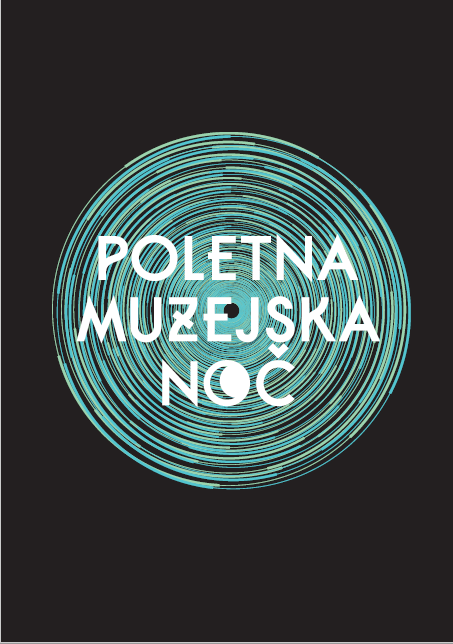
International Museum Day 2020
Since 1977 International Council of Museums ICOM 18 May is marked as the International Museum Day, with the aim of raising the awareness of museums in the society and its development. Each year many museums, including the ones in Slovenia, participate.
These year’s IMD 2020 theme is Museums for Equality: Diversity and Inclusion. We’ll celebrate it digitally this year, with a joint virtual exhibition of Slovenian museums.
MnZC collaborates with the poster below and represents good practice regarding equality, diversity and inclusiveness of vulnerable groups. For years we are trying to improve the accessibility of museum contents to disabled people. In recent years, special attention has been given to sensory and physically impaired. In order to provide different types of accessibility, the museum is classified as an inclusive museum.
Opening of the museum
Dear visitors,
our museum is also slowly coming back. However, as we want to ensure safety for both the visitors of the museum and the employees, we ask you for a little patience to prepare everything necessary for the museum to remain a safe space.
Like most Slovenian museums, we will open our doors after the holidays on Tuesday, 5 May 2020.
We look forward to seeing you soon.

